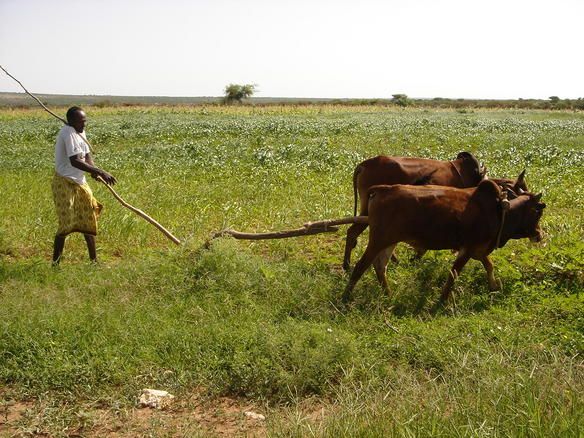New and old ways of coping with drought in East Africa
In East Africa, farmers are looking to revert back to their herding lifestyles, after looking to grow crops for some years.

In East Africa, farmers are looking to revert back to their herding lifestyles, after looking to grow crops for some years. The shifting climate and growing population means there are growing stresses on the land, and the farmers are becoming more innovative as a result.
One farmer, who cultivated 20 hectares for a decade has been forced to return to herding to survive, “When I planted the crops they might fail to germinate. And (if) they germinated, they only reached knee height and dried up. It was a total loss to me,” he says.
Despite investment in drought resistant strains, and a move towards farming in more fertile areas, there is a mass move towards herding once again, to deal with the declining rainfall.
“When a drought comes, we move our animals to where there is water and pasture, but there is no way we can move our farms to where there is water,” says one village leader.
Meanwhile in Ethopia, an altogether more technological solution to drought is being developed. Farmers there are now gaining access to meteorological data through a government website, which allows them to spot patterns of weather as they develop and improve their crop yields as a result.
The site offers 30 years worth of rainfall and temperature data, whilst also offering forecasts. Kinfe Hailemariam, who headed up the project says, “What this means is anybody can go online to visit our website, select any location in the country, and ask for – and instantly receive for free – detailed climate and related information about that specific location recorded over the past 28 years,”
The new data also fills in some of the gaps that have been present in the record. Previously data for only main towns and cities were available, now satellite data and rain gauge data have been pooled together to create a more definitive record.


